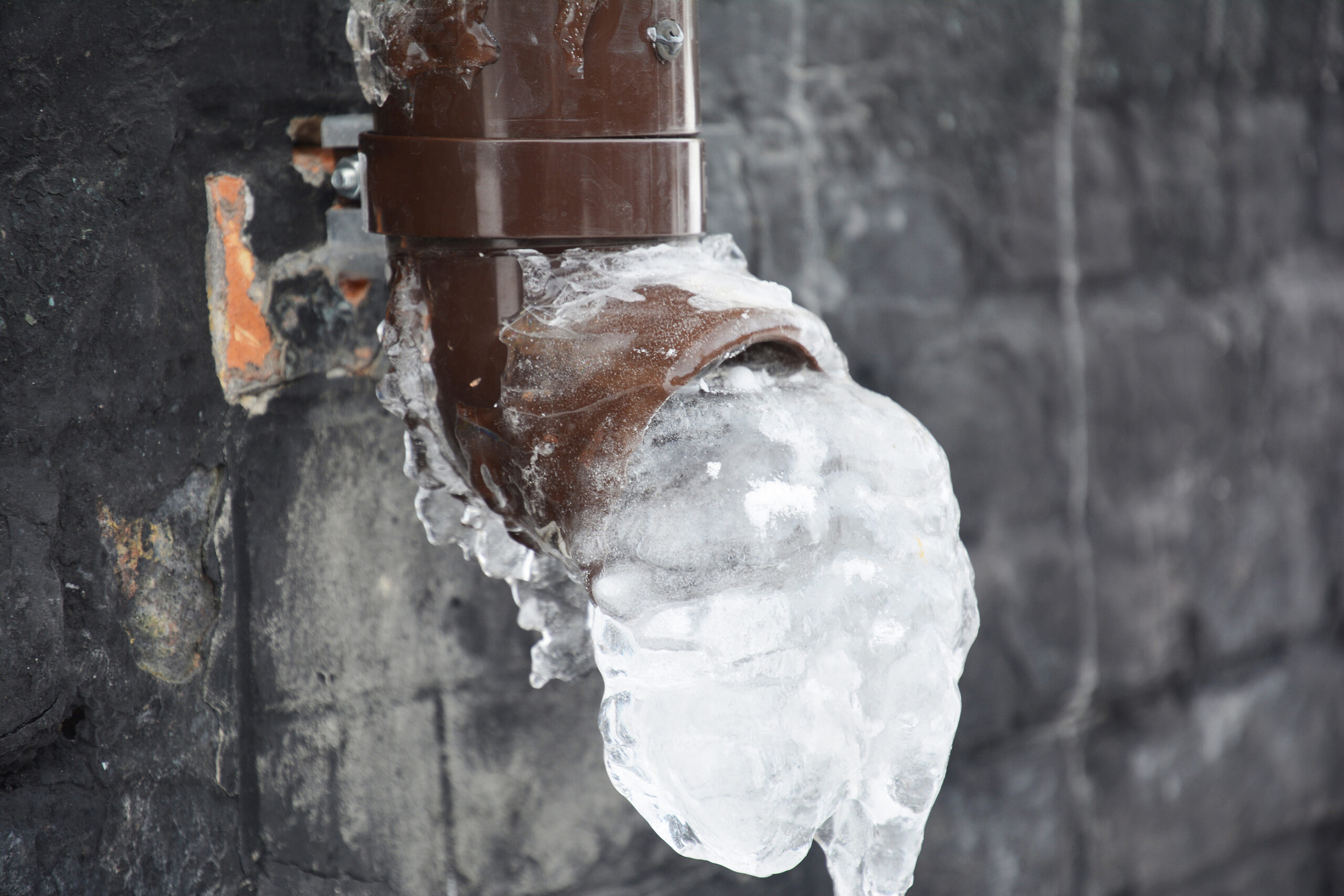Preventing Pipes from Freezing: Top Methods
Preventing Pipes from Freezing: Top Methods
Blog Article
What are your ideas regarding How to prepare your home plumbing for winter weather?

Winter can ruin your pipes, specifically by freezing pipes. Right here's how to prevent it from taking place and what to do if it does.
Intro
As temperature levels decline, the risk of icy pipelines rises, possibly bring about expensive repair services and water damage. Understanding how to prevent icy pipelines is critical for property owners in cool environments.
Prevention Tips
Insulating vulnerable pipelines
Cover pipes in insulation sleeves or use warm tape to protect them from freezing temperatures. Focus on pipes in unheated or external locations of the home.
Home heating techniques
Maintain indoor areas effectively heated up, specifically locations with plumbing. Open cabinet doors to permit cozy air to flow around pipes under sinks.
Just how to recognize frozen pipes
Search for lowered water flow from faucets, unusual smells or sounds from pipelines, and visible frost on subjected pipelines.
Long-Term Solutions
Structural modifications
Take into consideration rerouting pipes away from outside walls or unheated areas. Include additional insulation to attics, basements, and crawl spaces.
Updating insulation
Invest in high-quality insulation for pipes, attics, and wall surfaces. Appropriate insulation helps maintain constant temperatures and reduces the danger of frozen pipelines.
Protecting Outdoor Pipes
Garden hose pipes and outdoor taps
Separate and drain pipes yard hoses before winter season. Set up frost-proof faucets or cover outdoor faucets with shielded caps.
Recognizing Icy Pipelines
What causes pipes to ice up?
Pipelines ice up when exposed to temperatures below 32 ° F (0 ° C) for prolonged periods. As water inside the pipelines freezes, it expands, taxing the pipe walls and potentially causing them to break.
Risks and damages
Icy pipelines can cause supply of water disturbances, home damage, and pricey fixings. Ruptured pipelines can flooding homes and trigger substantial architectural damage.
Indicators of Frozen Pipes
Identifying icy pipes early can stop them from bursting.
What to Do If Your Pipelines Freeze
Immediate activities to take
If you presume icy pipelines, maintain taps open up to soothe stress as the ice thaws. Make use of a hairdryer or towels taken in warm water to thaw pipelines gradually.
Final thought
Avoiding frozen pipes calls for proactive actions and quick responses. By comprehending the reasons, indicators, and safety nets, home owners can secure their plumbing during cold weather.
5 Ways to Prevent Frozen Pipes
Drain Outdoor Faucets and Disconnect Hoses
First, close the shut-off valve that controls the flow of water in the pipe to your outdoor faucet. Then, head outside to disconnect and drain your hose and open the outdoor faucet to allow the water to completely drain out of the line. Turn off the faucet when done. Finally, head back to the shut-off valve and drain the remaining water inside the pipe into a bucket or container. Additionally, if you have a home irrigation system, you should consider hiring an expert to clear the system of water each year.
Insulate Pipes
One of the best and most cost-effective methods for preventing frozen water pipes is to wrap your pipes with insulation. This is especially important for areas in your home that aren’t exposed to heat, such as an attic. We suggest using foam sleeves, which can typically be found at your local hardware store.
Keep Heat Running at 65
Your pipes are located inside your walls, and the temperature there is much colder than the rest of the house. To prevent your pipes from freezing, The Insurance Information Institute suggests that you keep your home heated to at least 65 degrees, even when traveling. You may want to invest in smart devices that can keep an eye on the temperature in your home while you’re away.
Leave Water Dripping
Moving water — even a small trickle — can prevent ice from forming inside your pipes. When freezing temps are imminent, start a drip of water from all faucets that serve exposed pipes. Leaving a few faucets running will also help relieve pressure inside the pipes and help prevent a rupture if the water inside freezes.
Open Cupboard Doors
Warm your kitchen and bathroom pipes by opening cupboards and vanities. You should also leave your interior doors ajar to help warm air circulate evenly throughout your home.

We hope you enjoyed our post about Winter Plumbing Precautions: Preventing Frozen Pipes. Thanks a ton for finding the time to read through our article. Don't hesitate to take the opportunity to promote this page if you liked it. Many thanks for your time spent reading it.
Schedule And Pricing Report this page